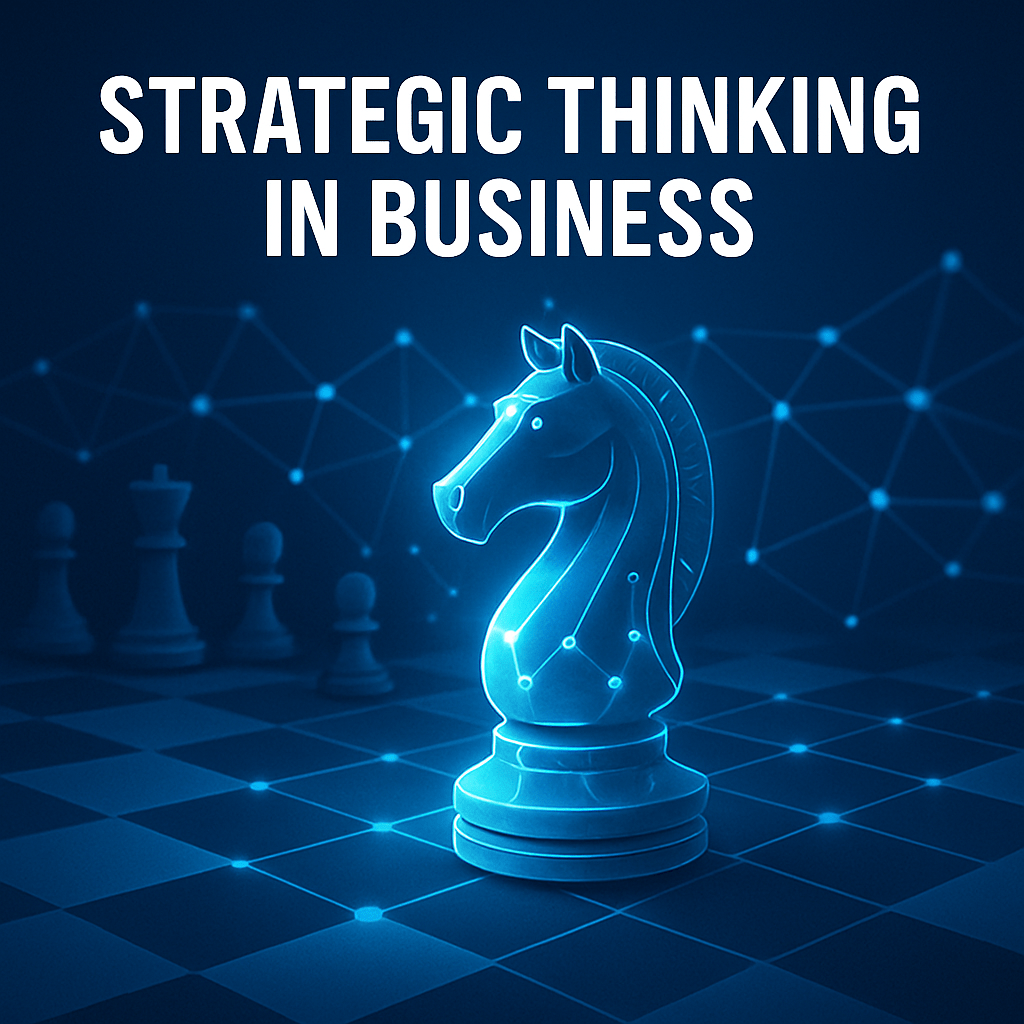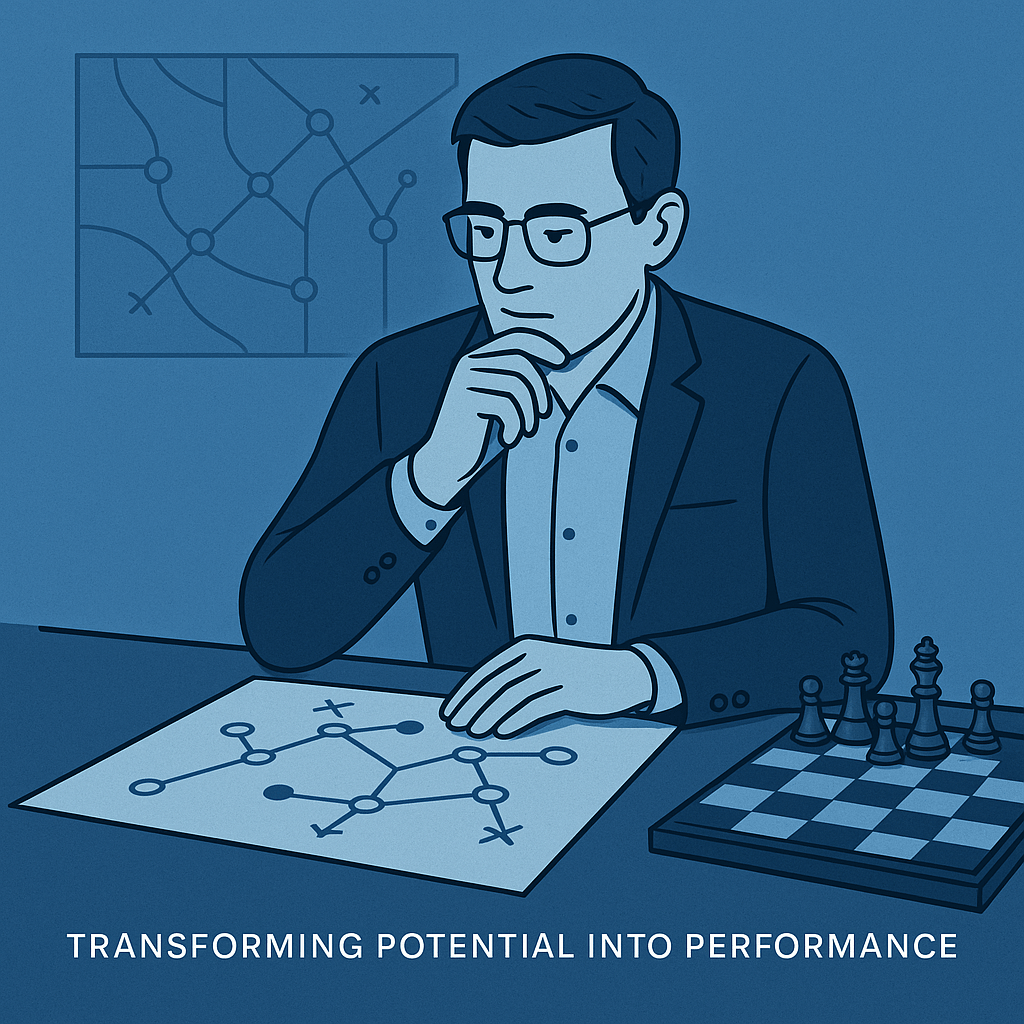
When things move fast, decisions can start to feel like guesswork. Deadlines close in, information changes by the hour and the pressure to get it right builds quickly.
It’s easy to lose perspective in moments like that. Yet strong decision-making under pressure isn’t about having all the answers. It’s about staying clear when others can’t.
That clarity is what separates reaction from leadership.
Slow down to speed up
Pressure often tricks us into thinking that speed is the same as progress. The truth is that rushing usually leads to rework.
A study by *McKinsey found that executives who made decisions “slowly but with conviction” achieved better outcomes 65% of the time compared to those who acted fast but with uncertainty.
Taking a moment to pause to check assumptions, confirm priorities or sense-check your options can save hours of recovery later. Clarity often hides in the seconds we think we can’t spare.
Simplify the options
When stress rises, choice overload can make even simple decisions feel complex. The best leaders know how to strip problems back to their core by asking questions like:
- What problem are we really solving?
- What outcome matters most right now?
- What happens if we do nothing?
This kind of simplification cuts through noise and helps your team focus on what really matters.
Trust the process, not just instinct
Experience gives intuition, but process gives consistency. The two work best together.
Whether you use a framework like SWOT, cost-benefit mapping or a simple “pros and cons” list, having a repeatable approach keeps emotion from running the show.
It also makes it easier to explain your reasoning later on. Things like a sign of calm or confident leadership when the stakes are high can go a long way.
As *Daniel Kahneman once said, “Nothing in life is as important as you think it is while you are thinking about it.” The moment might feel huge, but perspective comes from structure.
Staying clear when it counts
Pressure never disappears, but clarity can cut through it.
The leaders who make great calls under stress don’t rely on luck or gut feeling alone. They pause, simplify and use clear processes to guide their judgment.
Because when everyone else speeds up, the smartest thing you can do is slow down.
Want to go deeper?
If you’re ready to sharpen your thinking and make smarter decisions under pressure, explore my course How to Employ Strategic Thinking. It’s designed to help you build confidence, clarity and focus when it matters most.
*Sources
- McKinsey & Company – Good decisions don’t have to be slow ones (2019)
- Daniel Kahneman – Thinking, Fast and Slow (Farrar, Straus and Giroux, 2011)



